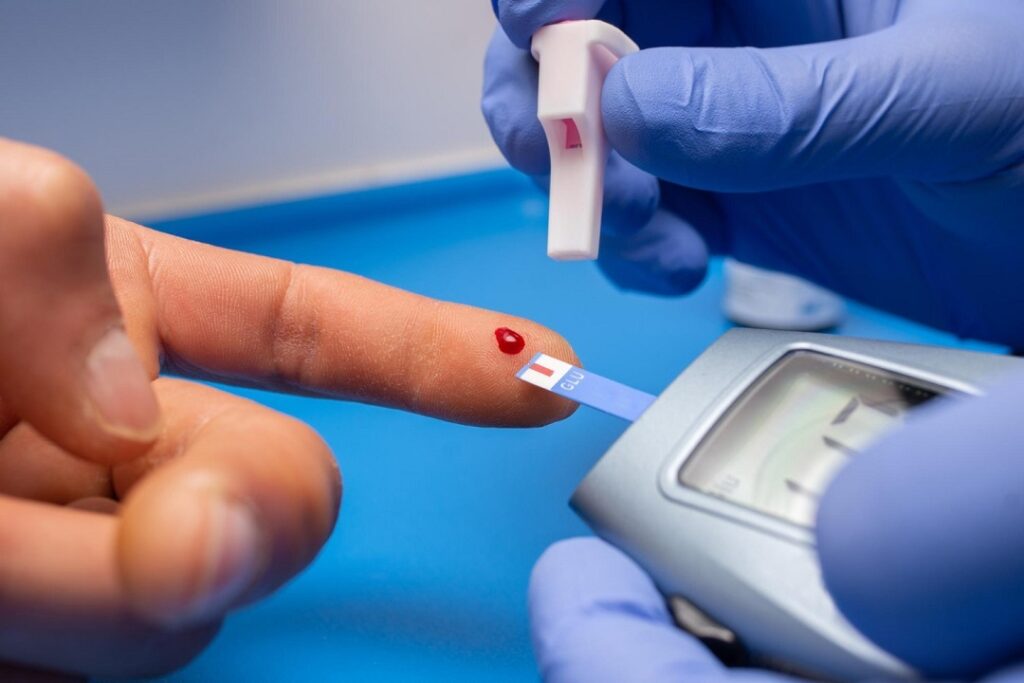Diabetes is a condition that develops when your blood glucose (also known as blood sugar) levels are too high. Blood glucose, which originates from the food you eat, is your major source of energy. Insulin, a hormone produced by the pancreas, aids glucose absorption into cells for energy production. Sometimes your body doesn’t produce enough — or any — insulin, or it doesn’t use it effectively.


Prediabetes is defined as having blood glucose (commonly known as blood sugar) levels that are greater than usual. Diabetes is diagnosed when your blood glucose levels reach a specific threshold. This is a condition that develops when your body does not properly produce or utilize the hormone insulin.
It produces an excessive buildup of glucose in the blood. Over time, having too much glucose in your blood can be detrimental to your health.
The good news is that prediabetes need not become full-blown diabetes. With required lifestyle intervention and physical activities, it can be delayed or even prevented from advancing to type II diabetes.
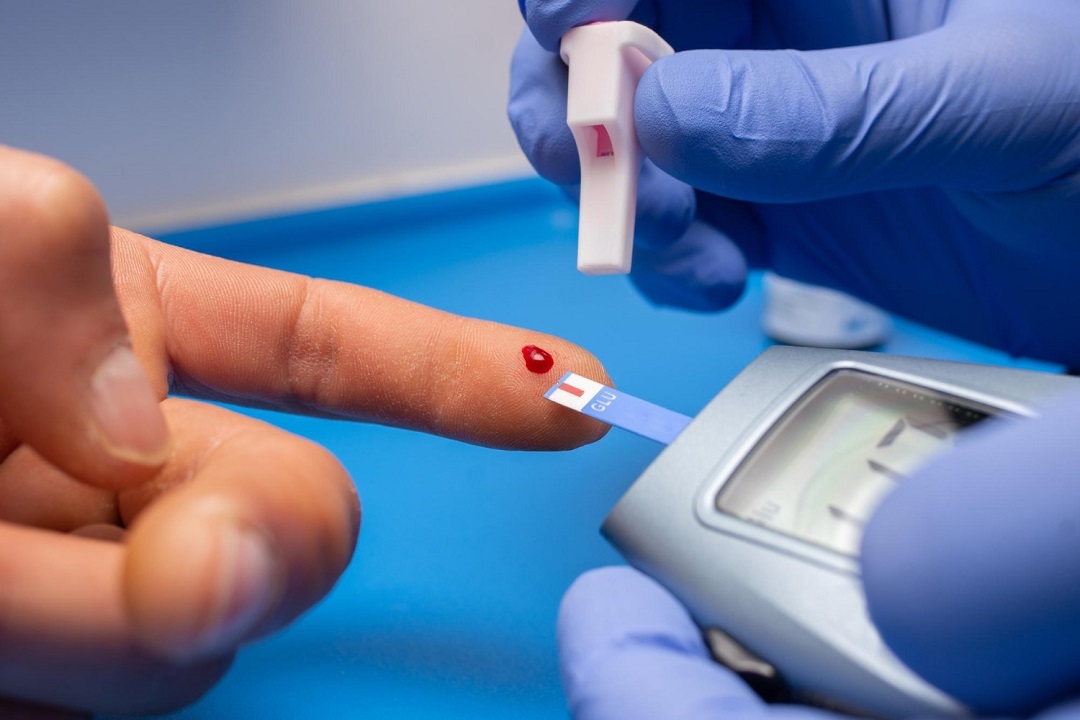
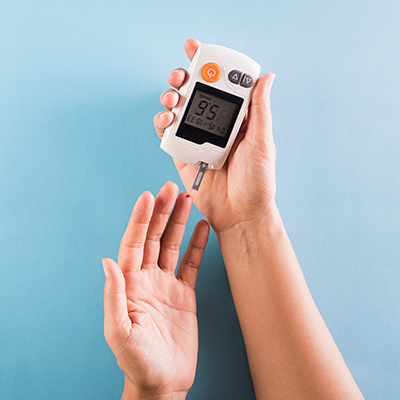
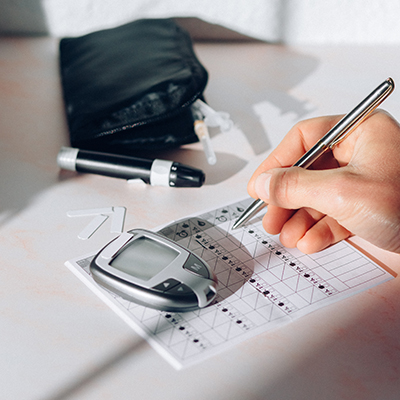

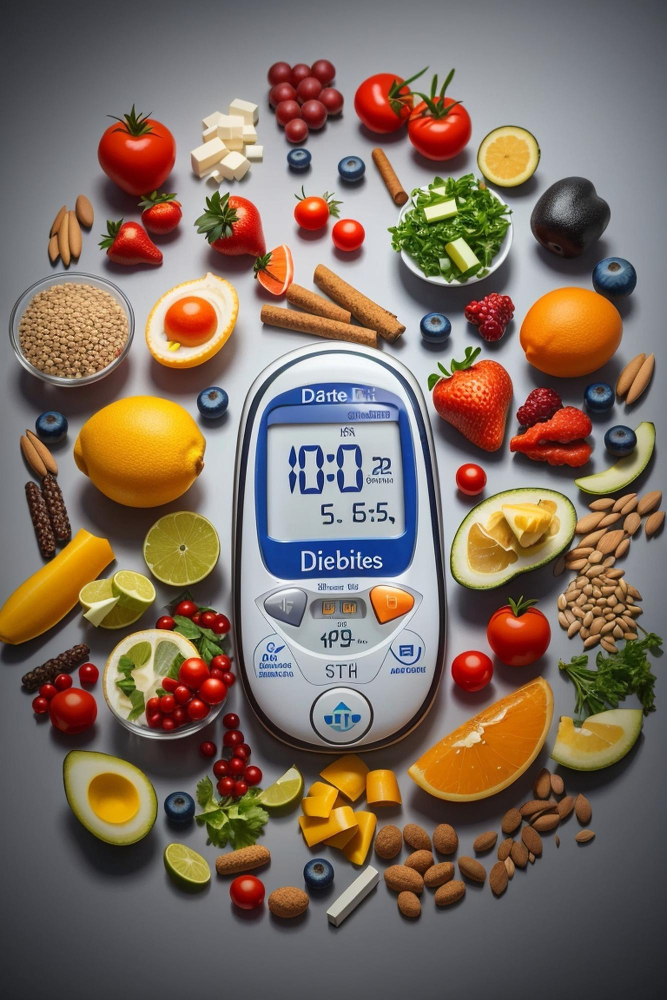
Non-modifiable Risk Factors:
